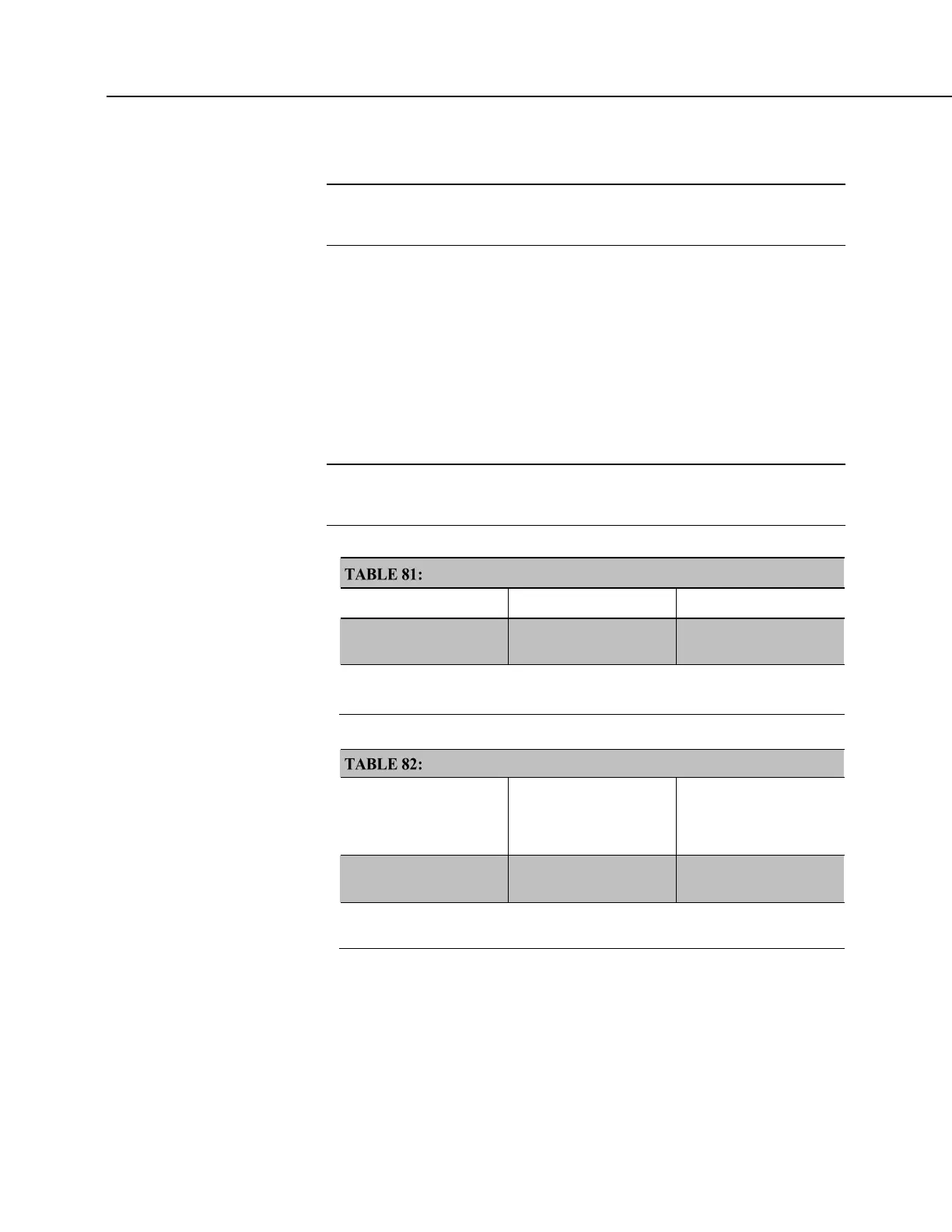Section 8. Operation
Measurement Accuracy
Read More For an in-depth treatment of accuracy estimates, see the
technical paper Measurement Error Analysis soon available at
www.campbellsci.com/app-notes.
Accuracy describes the difference between a measurement and the true value.
Many factors affect accuracy. This section discusses the affect percent-or-
reading, offset, and resolution have on the accuracy of the measurement of an
analog voltage sensor signal. Accuracy is defined as follows:
accuracy = percent-of-reading + offset
where percents-of-reading are tabulated in the table Analog Voltage Measurement
Accuracy
(p. 328), and offsets are tabulated in the table Analog Voltage
Measurement Offsets
(p. 328).
Note Error discussed in this section and error-related specifications of
the CR800 do not include error introduced by the sensor or by the
transmission of the sensor signal to the CR800.
Analog Voltage Measurement Accuracy
1
0 to 40 °C –25 to 50 °C
–55 to 85 °C
2
±(0.06% of reading +
offset)
±(0.12% of reading +
offset)
±(0.18% of reading +
offset)
1
Assumes the CR800 is within factory specifications
2
Available only with purchased extended temperature option (-XT)
Analog Voltage Measurement Offsets
Differential
Measurement
With Input Reversal
Differential
Measurement
Without Input
Reversal
Single-Ended
1.5 • Basic Resolution +
1.0 µV
3 • Basic Resolution +
2.0 µV
3 • Basic Resolution +
3.0 µV
Note — the value for Basic Resolution is found in the table Analog Voltage
Measurement Resolution
(p. 328).

